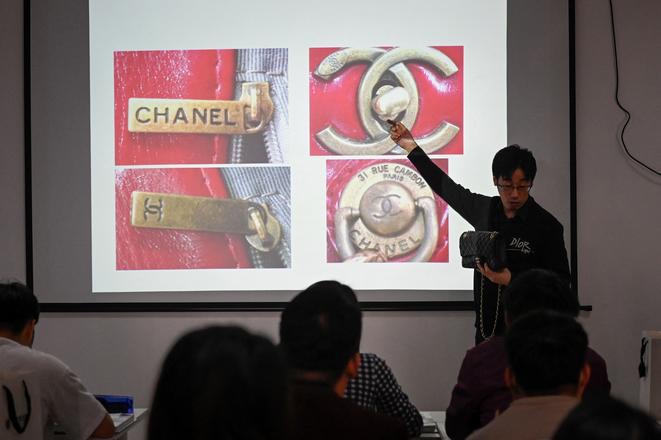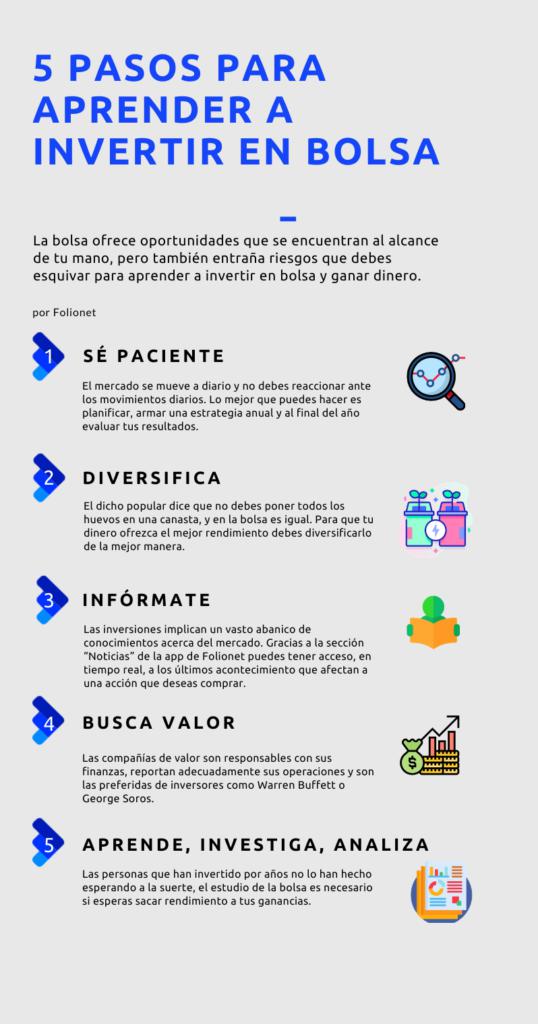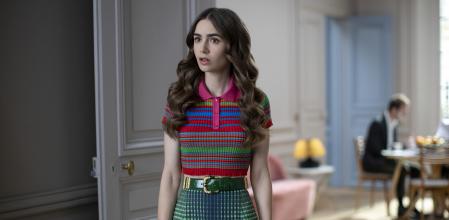Knowing how to detect counterfeit luxury brands is a profession
A Swiss watch, an Hermès bag or Prada signature rubber boots . Using a magnifying glass, Zhang Chen carefully examines logos, stitching, and serial numbers to distinguish between originals and copies.
China is the first world market for luxury , but also for counterfeits , so Zhang's expertise in the second-hand market is making a mark. Most people are fooled by "good imitations that are barely distinguishable" from the original, says Zhang, who founded the Big Luxury Goods Business School in Beijing. The man offers expert advice on a copied bag to a packed class.
The price of the seven-day course is 15,800 yuan (2,000 euros), a fee Zhang Chen says is worth it if you want to survive in a booming second-hand market.
The Chinese luxury market represents the astronomical sum of 4 trillion yuan (500,000 million euros), according to the market research firm UIBE Luxury China.
But the market for second-hand products is taking off in turn, although by comparison it is modest - only 17.3 billion yuan (a little more than 2 billion euros) but has practically doubled between 2019 and 2020, according to the Forward Business agency. Information.

// PETA protested in front of Hermés in New York: complaint that they use three animals to make a single brand bag
For those who like bargains, knowing how to recognize imitations is essential to avoid scams. "The lining of a black Chanel bag must be pink," the teacher tells his students, very concentrated young people of both sexes.
Under an ultraviolet lamp, students examine the serial numbers of the French brand. "The secret is that there are two letters that shine," explains the specialist, who became an expert on luxury in Japan. Knowing how to distinguish the font of a logo can allow "recognizing a third of the copies on the market," he adds.
We have some local bizs that want to help us raise funds the week of Boulder Pride (ie where they ask for a donat… https://t.co/2SX1QXiY9A
— Joe Waters 😈😇 Wed Aug 14 13:46:45 +0000 2019
For Xu Zhihao , a 31-year-old shopkeeper, investing in second-hand looks like a good deal, as potential customers are willing to buy their dream item without spending too much.
// Luxury brands suffered millionaire losses in 2020
"A good bag can be sold very well," says the young man, who considers the market "similar to the financial products that I sell today."
A large Louis Vuitton bag from the Neverfull range easily resells for 9,000 yuan (more than 1,000 euros) after two years, 20% less than the original value, while a Chanel Gabrielle bag easily maintains 60%-70% of its value.
“Be careful of fingernail marks,” says Zhang Chen. "Manicures are all the rage right now."
Amongst his students, the teacher has identified former forgers, but calms down: they come to recycle themselves in honest trades.
Zhang Chen says that it usually takes him 10 seconds to determine if a product is authentic or fake. In addition to these courses, the expert performs online diagnostics. Some clients send him photos of watches or clothes for him to give his verdict.
But the trade is evolving and the big brands are betting on technology to defend their products, which some have begun to equip with electronic chips to guarantee their origin.
However, in Beijing, expert Zhang is not afraid of losing his job. "All technology has its Achilles heel," he says. "The luxury product identification market will always exist, even if the methods have to adapt."
Follow us at @estilotn and find out what's new in fashion and beauty.


